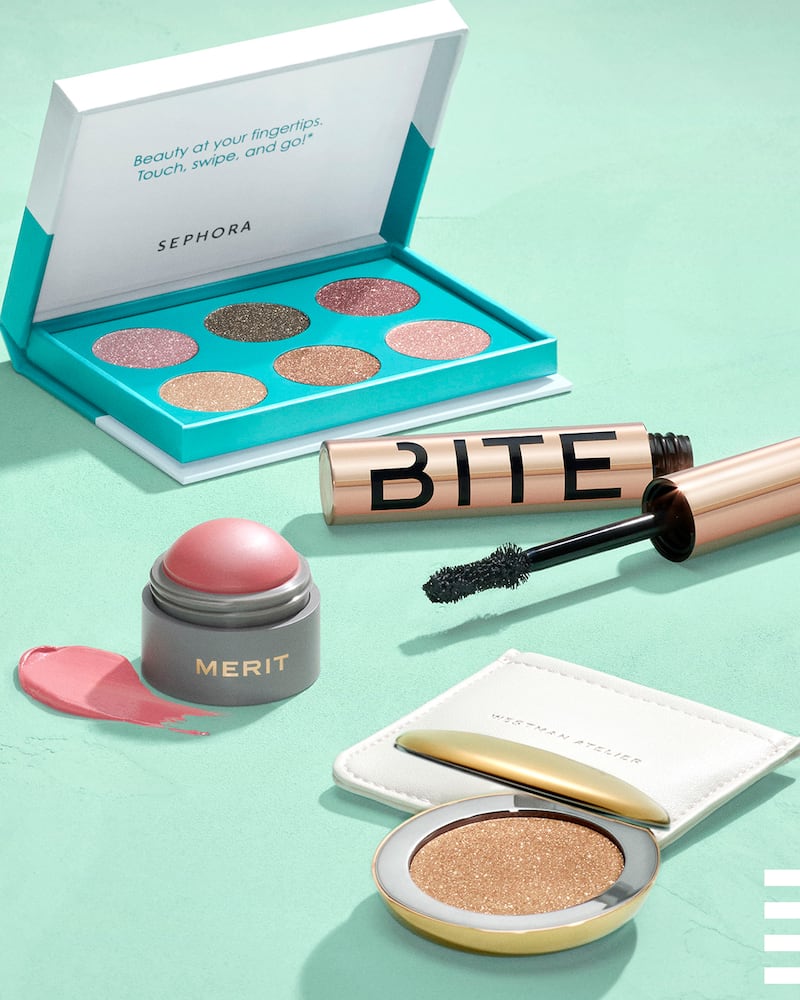
The Business of Fashion
Agenda-setting intelligence, analysis and advice for the global fashion community.

Agenda-setting intelligence, analysis and advice for the global fashion community.
On Thursday, Sephora filed a motion to dismiss a lawsuit brought by a customer who alleges the retailer’s “Clean at Sephora” label is a form of false advertising. In a November filing, Lindsey Finster claims that the designation led her to believe some products’ ingredients “were not synthetic nor connected to causing physical harm and irritation.”
“Sephora prominently explains, in plain terms, exactly what it means by the phrase … ‘Clean at Sephora’ along with a clarifying definition that describes the kinds of ingredients that are excluded,” the company said in its filing Thursday.
The “Clean At Sephora” programme launched in 2018, as a growing number of beauty brands marketed their products as “free from” an ever-expanding list of chemicals and additives. With minimal federal regulation of cosmetics, “clean” beauty designations became the de-facto alternative for brands and retailers in the last decade. Retailers like Ulta Beauty and Target came up with their own definitions, and brands use labels like Sephora’s in marketing.

Some of these ingredients are banned in Europe but not in the US, or have research supporting claims they can irritate the skin or trigger allergies, while evidence for other entries on brands’ “free from” lists is patchy. Detractors of “clean” beauty have called attention to the unclear meaning of the word and what ingredients are and aren’t on brands’ and retailers’ lists.
ADVERTISEMENT
Since 2018, Sephora has made yearly updates to its programme. Currently, 138 brands participate in “Clean At Sephora.” From the start, Sephora defined its “Clean” seal as referring to products that are “formulated without parabens, sulfates SLS and SLES, phthalates, mineral oils, formaldehyde, and more.” The motion to dismiss noted that if consumers want to learn more about the “Clean at Sephora” programme, they can consult individual product labels and the retailer’s full definition on its website.
In its filing, Sephora said the plaintiff was “twisting purposes to mean something other than what they say or are said to mean” and that Finster “implausibly claims to think or how she personally may use the word…in a way wholly different from how Sephora clearly states it is using it.”
Finster is represented by Spencer Sheehan, who in recent years has gained attention in the media and in legal circles for filing hundreds of class-action lawsuits against food and consumer goods companies, often alleging false advertising over discrepancies between what’s on the label and what’s in the product. In 2021, NPR said Sheehan had “almost single-handedly caused a historic spike in the number of class action lawsuits against food and beverage companies.”
Now it seems he’s turned his attention to beauty.
“These questions are not as ambiguous as the defendant’s attorneys are saying,” said Sheehan of Sephora’s motion to dismiss. “We disagree with the arguments made by the defendant and will be offering our arguments why we believe those representations are misleading.”
Editor’s Note: This article was updated on Feb. 2 2023 to include Spencer Sheehan’s response.
Demand for the drugs has proven insatiable. Shortages have left patients already on the medications searching for their next dose and stymied new starters.
The company reported a long-awaited lift in net sales in its third quarter results, with increases from skincare leading the way, but clouds persist over its China recovery.
As awareness grows about the perils of sleep deprivation, beauty and wellness brands are flooding the market with an array of products to cash in on the booming opportunity.
Going public is usually a pivotal moment in a company’s history, cementing its heavyweight status and setting it up for expansion. In L’Occitane’s case, delisting might be a bigger conduit for growth.